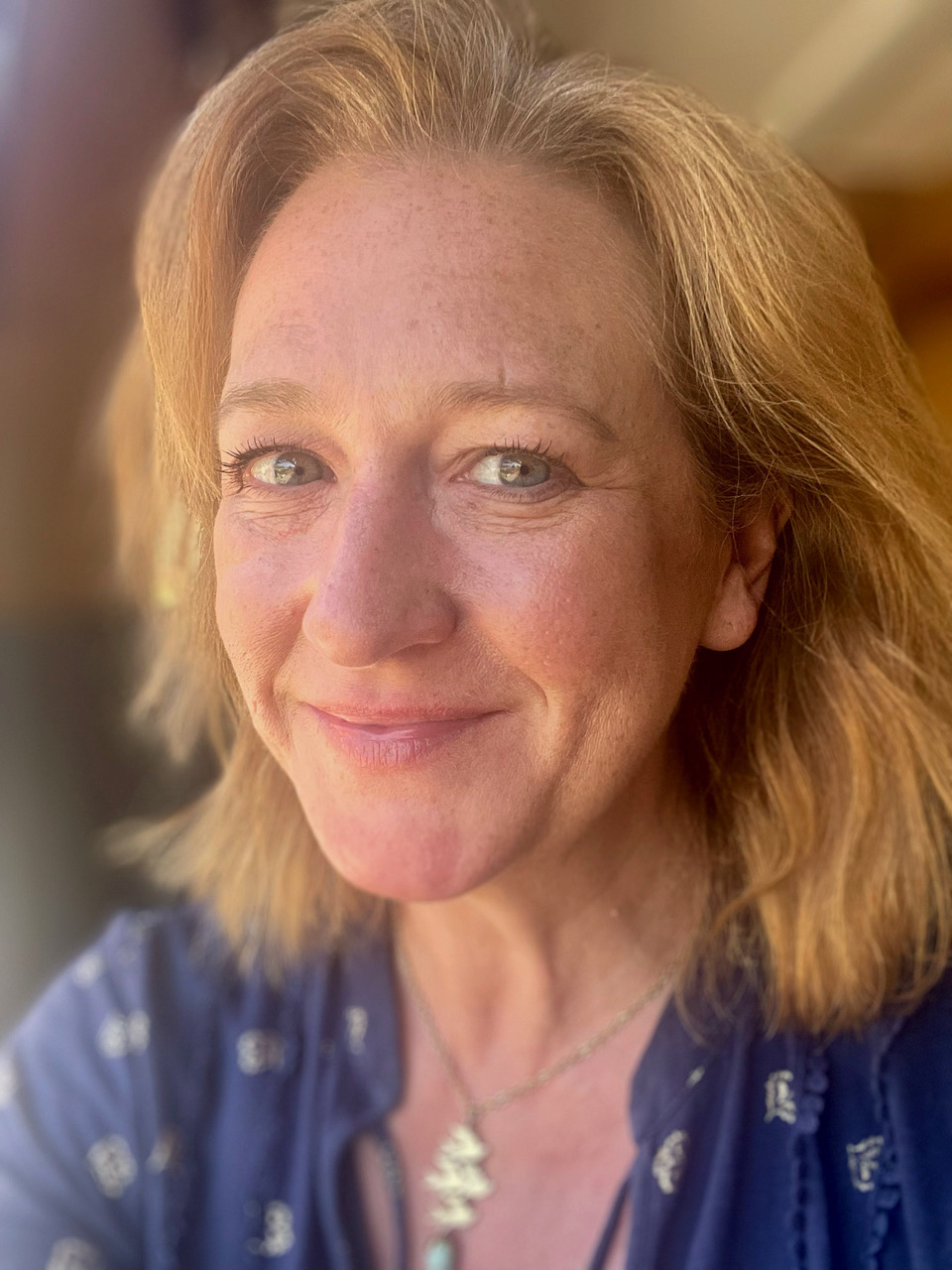Where is 'The Traitors' filmed? Inside the Scottish castle sold via the pages of Country Life three times for an unbelievable amount
Melanie Bryans delves into the Country Life archives and uncloaks the history of the turreted Highland castle made famous by the global TV franchise, 'The Traitors'.
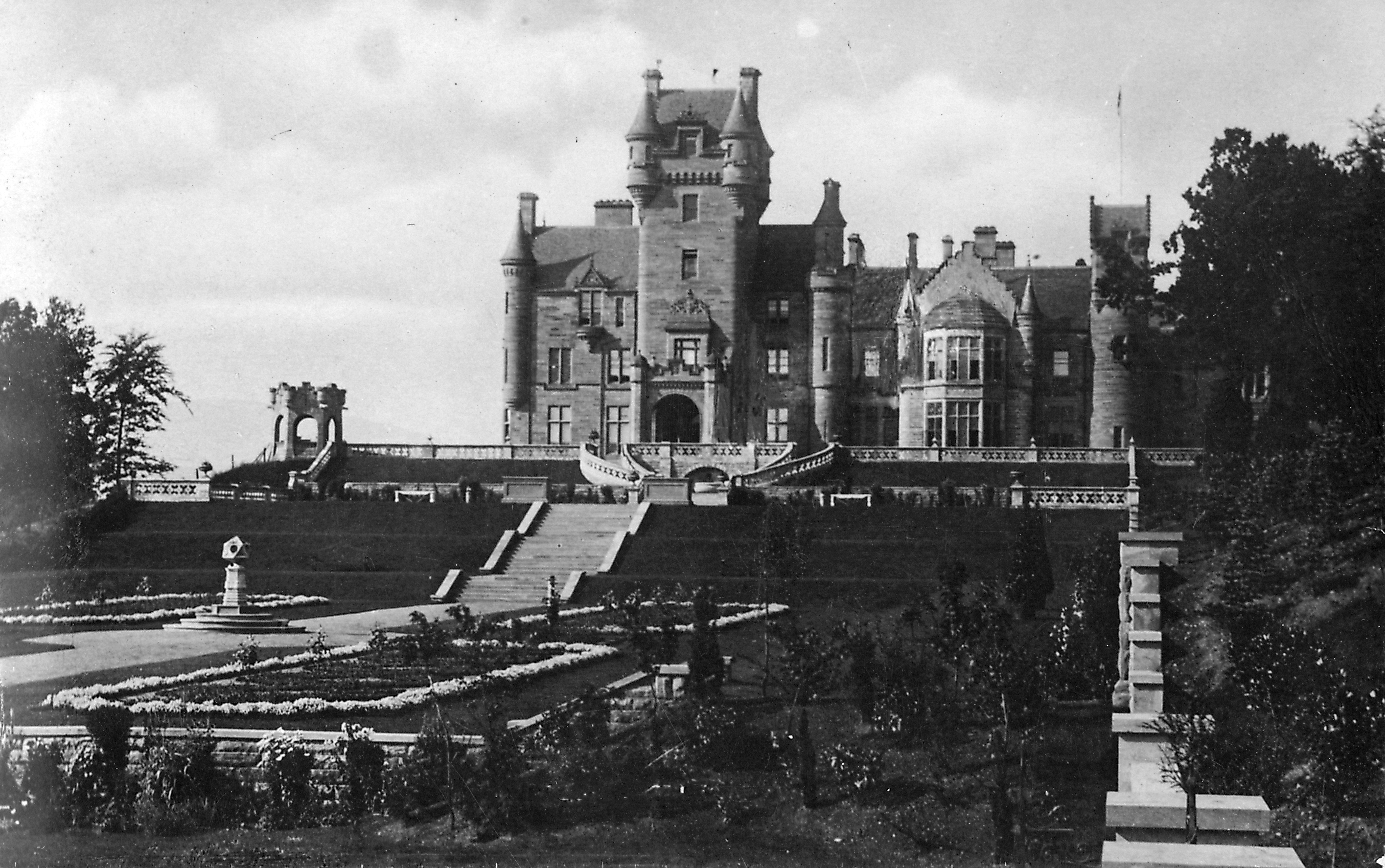
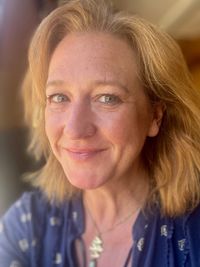
Ardross Castle in Scotland’s beautiful Ross and Cromarty is famous both sides of the Atlantic Ocean for murder, deceit and seduction. Yet far from being about the Scottish Baronial castle’s past, this truly traitorous behaviour has everything to do with its present and, given its popularity, its future.
Here, we invite you to join us at a large, round table in order to delve into the Country Life archives and uncloak the history of the turreted Highland castle made famous by the global TV franchise The Traitors.
The 60,000 acre plot on which the magnificent Ardross Castle stands was sold, in 1845, to one Sir Alexander Matheson, by the then-Duke of Sutherland, for an eye-watering £90,000 (according to the Bank of England's inflation calculator that is roughly £9.5 million in today’s money). Matheson, a Liberal, had started his career as a merchant in China trading, it would appear, in both the highly-faithful British staple of tea, and the definitely treacherous commodity of opium. He subsequently went on the be, among other things, a director of the Bank of England, a director of the East and West India Dock Company, and chairman of the Highland Railway Company. The clearly-talented, well liked and very well-connected businessman subsequently set about developing his vast lands into well-drained roads, tenanted farms, sporting habitats and tree plantations.
The castle itself was the creation of architect Alexander Ross, who Matheson had first encountered during his tenure as chairman of the Highland Railway Company. Ross designed the stunning Scottish Baronial castle around an existing hunting lodge on the plot, adding more than 30 rooms to property, including the now infamous turrets. Ross also laid out extensive pleasure grounds around his masterpiece.
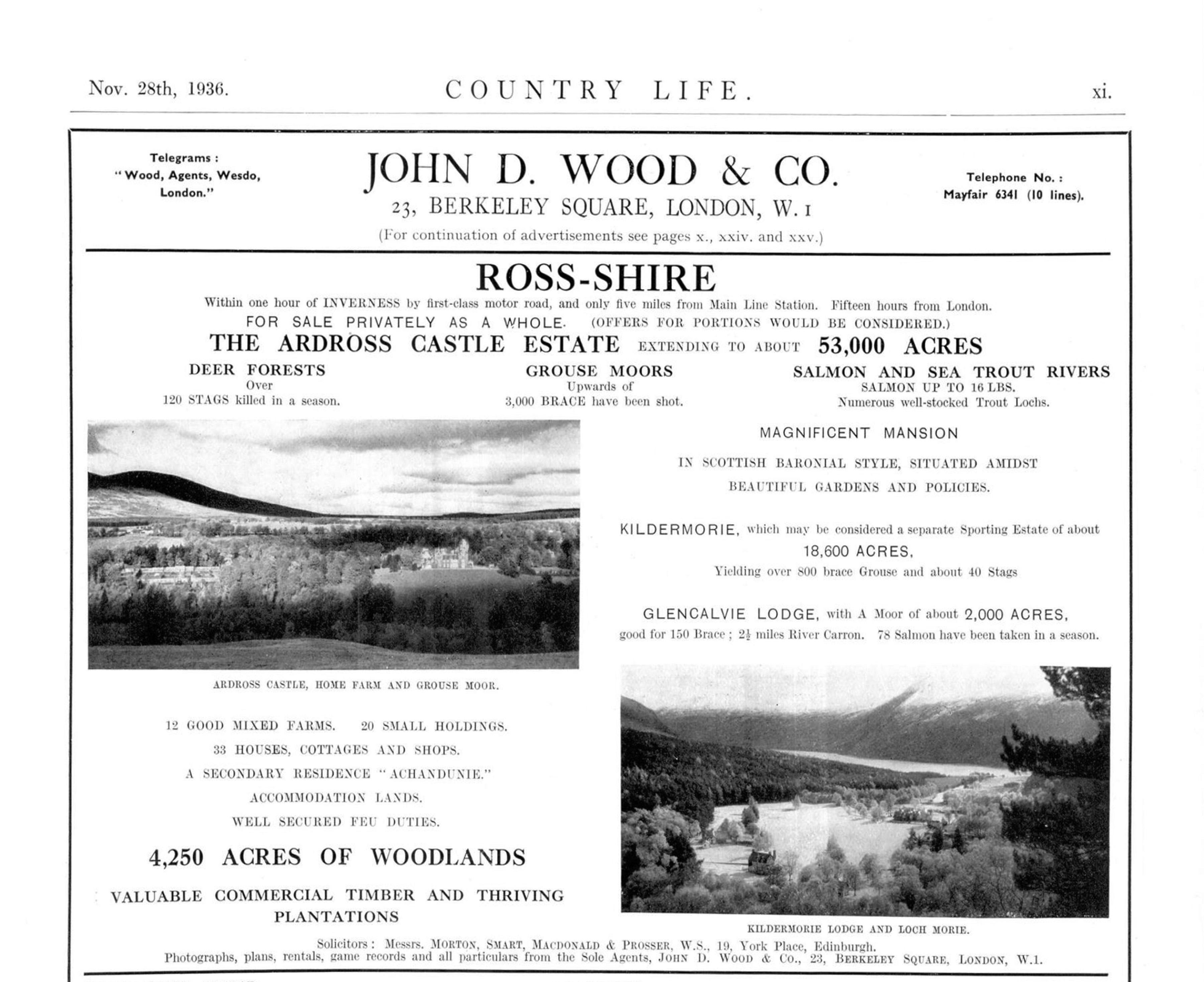
A 1936 advert for Ardross Castle mentioned deer forests, grouse moors and salmon and sea trout rivers.
Matheson ploughed huge quantities of his personal wealth into the estate, but when he died in 1886, his son and heir Sir Kenneth Matheson quickly showed that he did not share his father’s passion for the tamed lands in the north east of Scotland. He first let out the property, for a decade, before selling the castle, the village of Ardross and some 36,000 acres in 1897 to a Mr C. W. Dyson Perrins—the grandson of the co-inventor of the still-secret recipe for Lea & Perrins Worcestershire Sauce. Perrins, who was from Malvern and had served as a Captain in the Highland Light Infantry, was a philanthropist and collector who also had interests in the Royal Worcester porcelain company. Perrins purchased the property as a summer retreat and much like the Royal Family, he, his family, guests and staff would travel from Worcestershire to the Highlands on his own train for an annual two-month-long holiday — where he would host shooting and fishing parties on his grouse moors, in his salmon-stocked rivers, trout-filled lochs, and deep in his numerous deer forests. He, too, lavished his vast fortune on the estate, adding electricity, bathrooms and formal gardens to the castle, while also purchasing further hunting grounds to expand his sporting opportunities. He also restored and modernised his farms and farm buildings, and in 1899 invested in the new (for the time) polled Aberdeen Angus cattle for his farms. Like Matheson before him, it would appear he was also a considerate landowner, too. A report in Glasgow’s Daily Record in 1911 described Perrins as doing a '…great deal of good for the people on his estate, who look upon him as the ideal landlord'.
Perrins stayed with his Highland retreat until 1936, when he seemingly-reluctantly put the whole lot up for sale. (Seemingly reluctantly, as he bought back the Factor’s House on the estate for his own use.)
When advertised for sale in the pages of Country Life, the property seemed to have devalued greatly despite the amount of love and attention he had showered upon it. An article dated November 14, 1936, the estate amounted to 53,000 acres and was described as 'very compact around the Castle.' The whole lot sold faster than Alan Carr delicately wiping a grain of poisonous pollen across the cheek of his best friend.
Exquisite houses, the beauty of Nature, and how to get the most from your life, straight to your inbox.
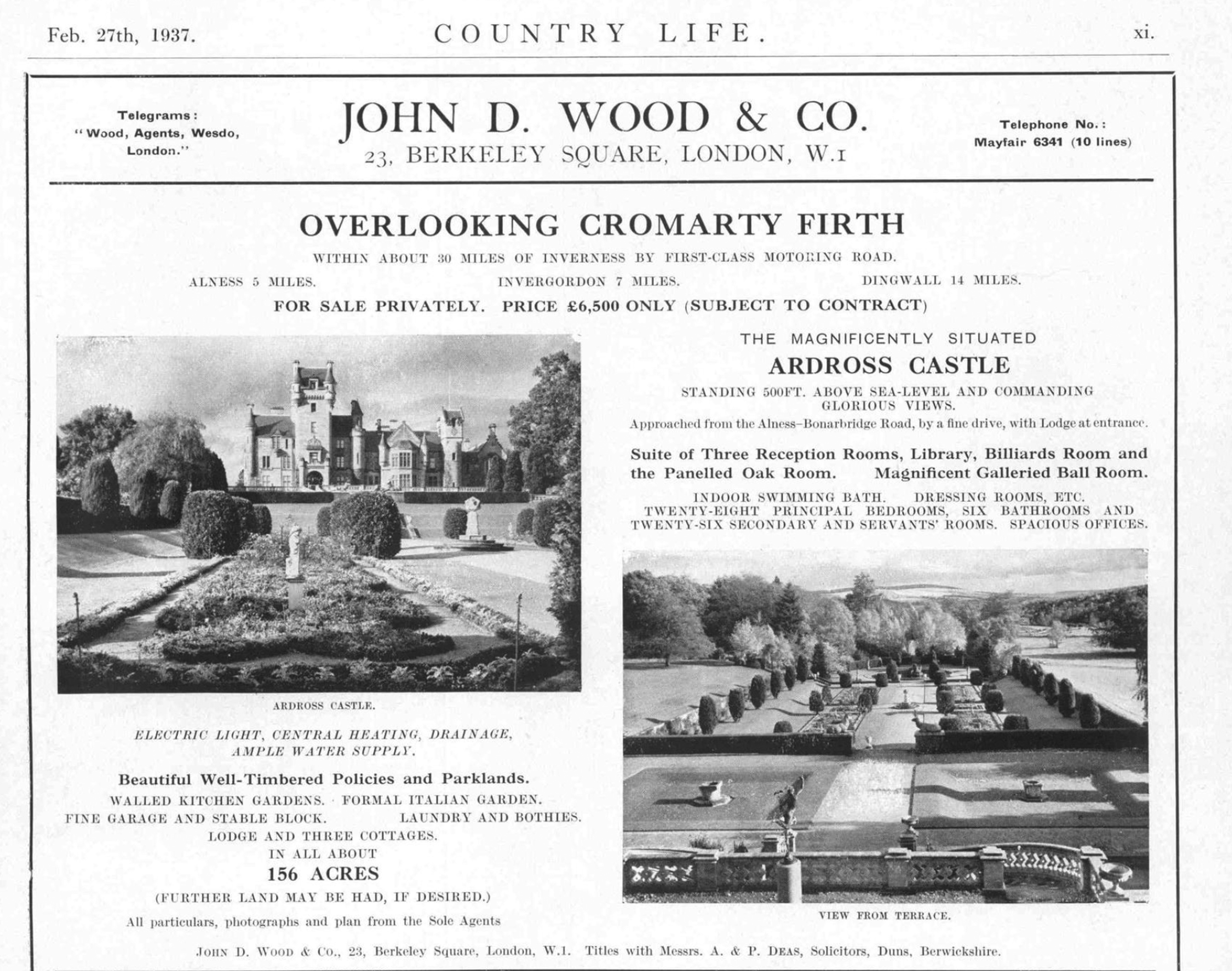
A year later, the property was for sale again and featured in a near identical advert.
In little under two months, it was sold to a client of one Percy Deas of Duns. He went on the divide the land from the castle, according to an account in Country Life from January 23, 1937. An advert was placed for the castle alone on February 27 of the same year, asking the mind-bogglingly low amount of £6,500 (about £385,000). The main selling points will be instantly recognisable to fans of The Traitors. Listed as the top attractions were a library, a billiards room and a panelled oak room. It then went on to list other exceptional features such as a magnificent galleried ball room, indoor swimming bath, dressing rooms, 28 principal bedrooms, six bathrooms and 26 secondary and servants rooms, plus many other amenities — all for the 2025-comparable price of a London studio flat.
A history professor, and son of a tobacco company director, Austin Mardon snapped up the castle. He was quoted as saying they would live in 'as many rooms as necessary', and that he had bought the vast property so his children could 'grow up in perfect freedom'. Contemporary newspaper reports state how the adventurous Mardon camped out with three of his older sons while waiting to take up ownership of the property. The Bristolian explained that as the father of nine children, he was not welcomed into any hotels in the area, so had left his American wife with the youngest while he and the boys awaited the handover of the (presumably sizeable) keys. This inauspicious start does not seemed to have dampened the family’s ambitions for their use of the property, as it did not change hands again until 1983.
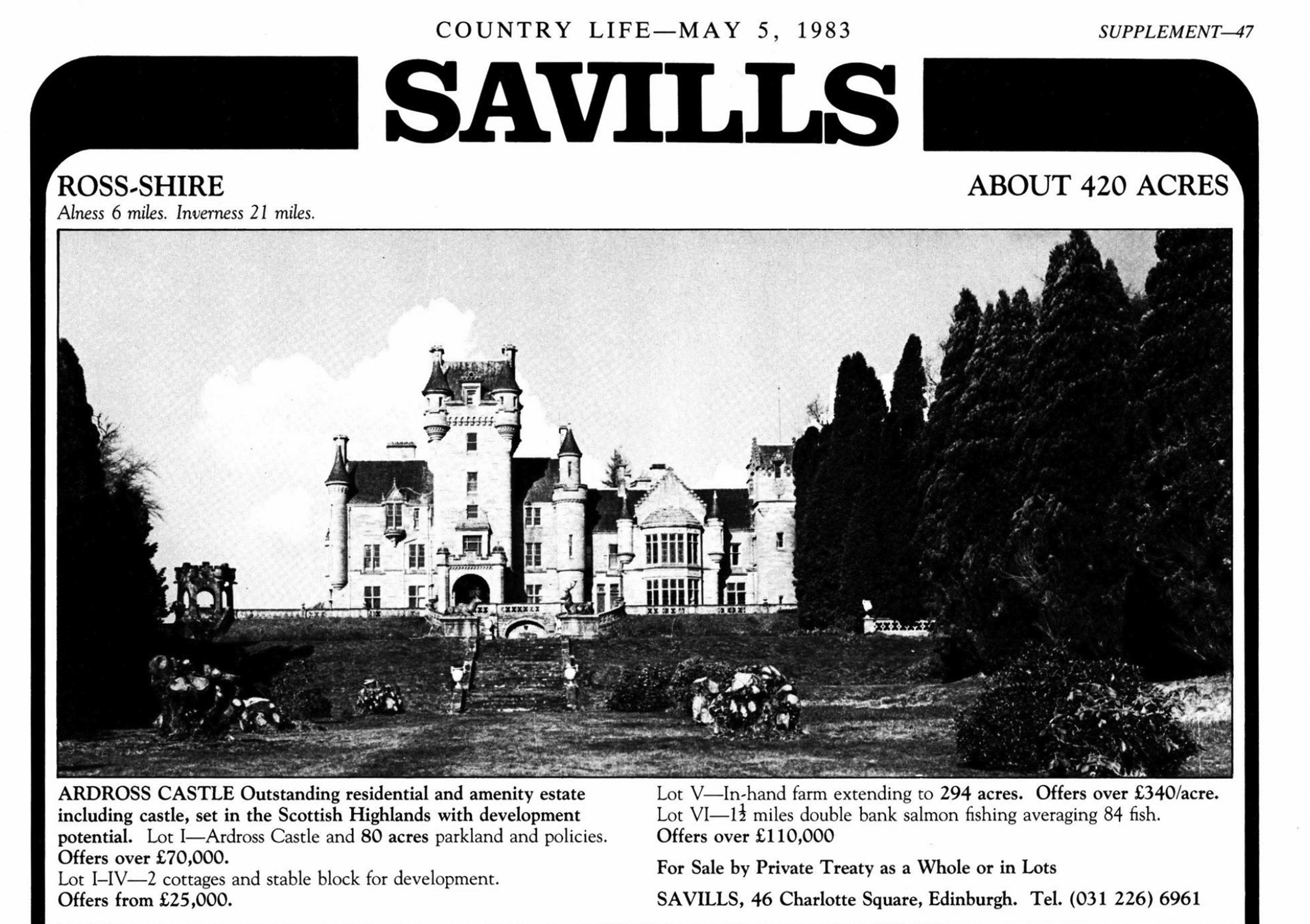
Ardross came up for sale, again, in 1983, and was described as an 'outstanding residential and amenity estate'.
An advert placed by Savills in that year shows the remains of the formal garden in a sorry state in front of the still-magnificent castle. Offers of more than £70,000 (about £240,000) were asked for the building and 80 acres, along with other lots. The McTaggart family bought the structure and nursed it and its gardens slowly back to health. Used to this day as a wedding venue, its main starring role is playing host to The Traitors — a television show broadcast in the UK and USA. It’s strange that a building with such a positive history should be the backdrop for such backstabbing, but then perhaps that what makes it the perfect faithful.
The Country Life Image Archive contains more than 150,000 images documenting British culture and heritage, from 1897 to the present day. An additional 50,000 assets from the historic archive are scheduled to be added this year — with completion expected in Summer 2025. To search and purchase images directly from the Image Archive, please register here.
Melanie is a freelance picture editor and writer, and the former Archive Manager at Country Life magazine. She has worked for national and international publications and publishers all her life, covering news, politics, sport, features and everything in between, making her a force to be reckoned with at pub quizzes. She lives and works in rural Ryedale, North Yorkshire, where she enjoys nothing better than tootling around God’s Own County on her bicycle, and possibly, maybe, visiting one or two of the area’s numerous fine cafes and hostelries en route.
-
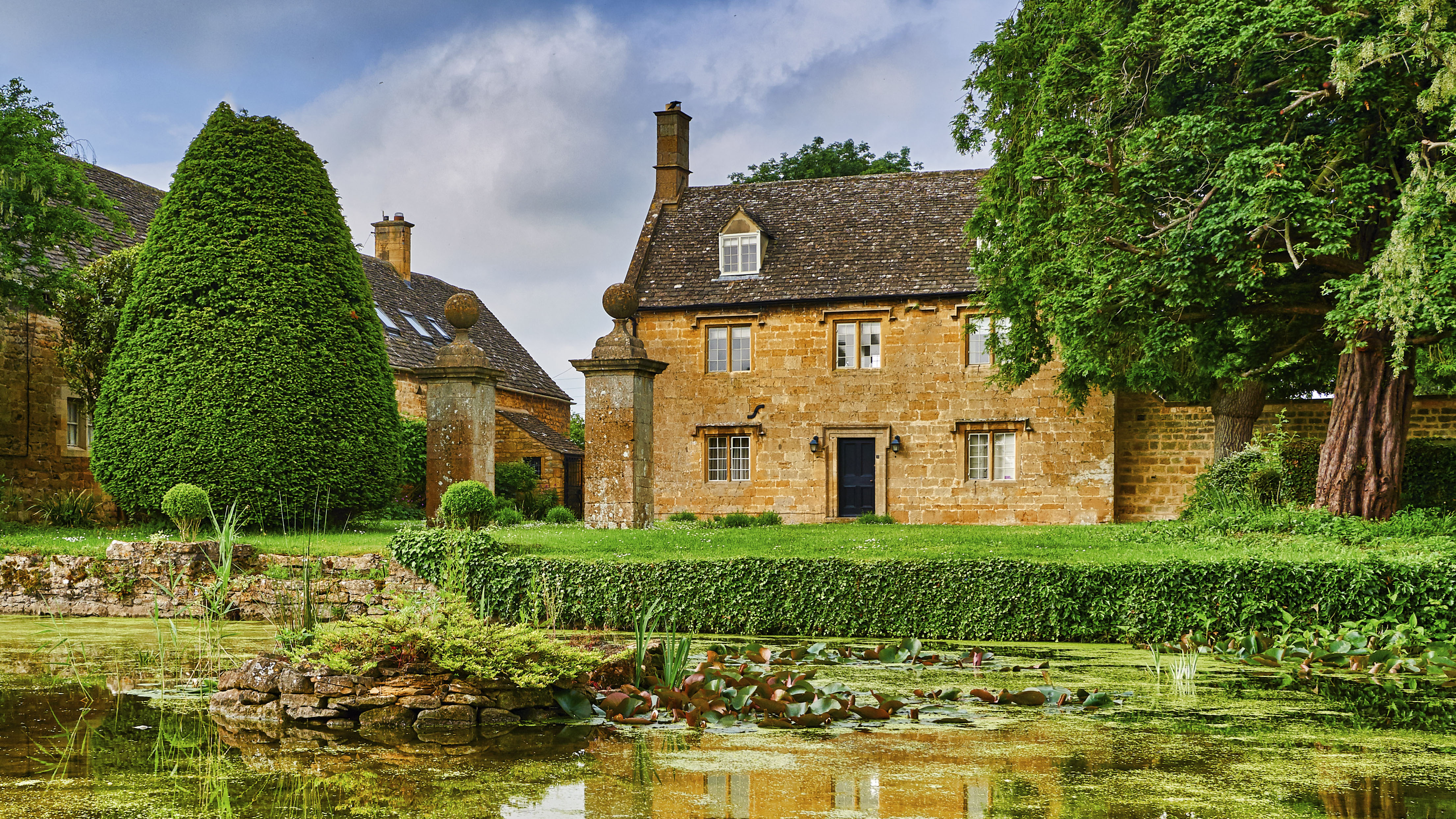 The wave of downsizing about to hit the property market in the UK
The wave of downsizing about to hit the property market in the UKThe Chancellor of the Exchequer's Budget — and specifically the 'Mansion Tax' — has fired a starting pistol for downsizers, and the waves will wash across the entire property market. Annabel Dixon spoke to property experts across the country to gauge how it will play out.
-
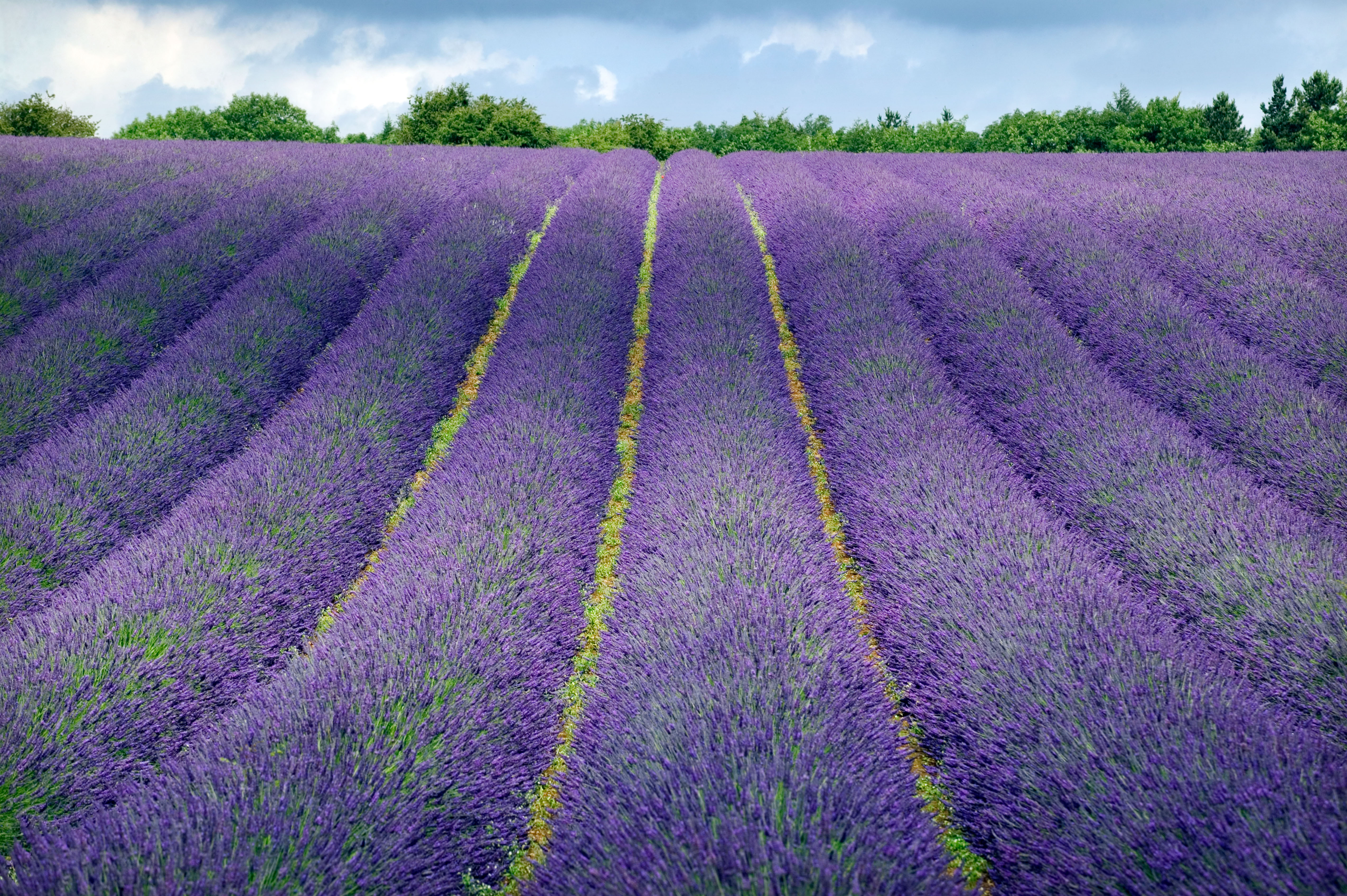 Meet the British perfumers squeezing landscapes into scents
Meet the British perfumers squeezing landscapes into scentsThe nuances of modern perfumery now allow a single drop to evoke an entire landscape. Amie Elizabeth White explores the native houses hitting the right notes
-
 Sweet civilisation: What do you get when you ask architects to compete in a gingerbread competition?
Sweet civilisation: What do you get when you ask architects to compete in a gingerbread competition?The Gingerbread City is back in London’s Kings Cross. Lotte Brundle pays it a visit.
-
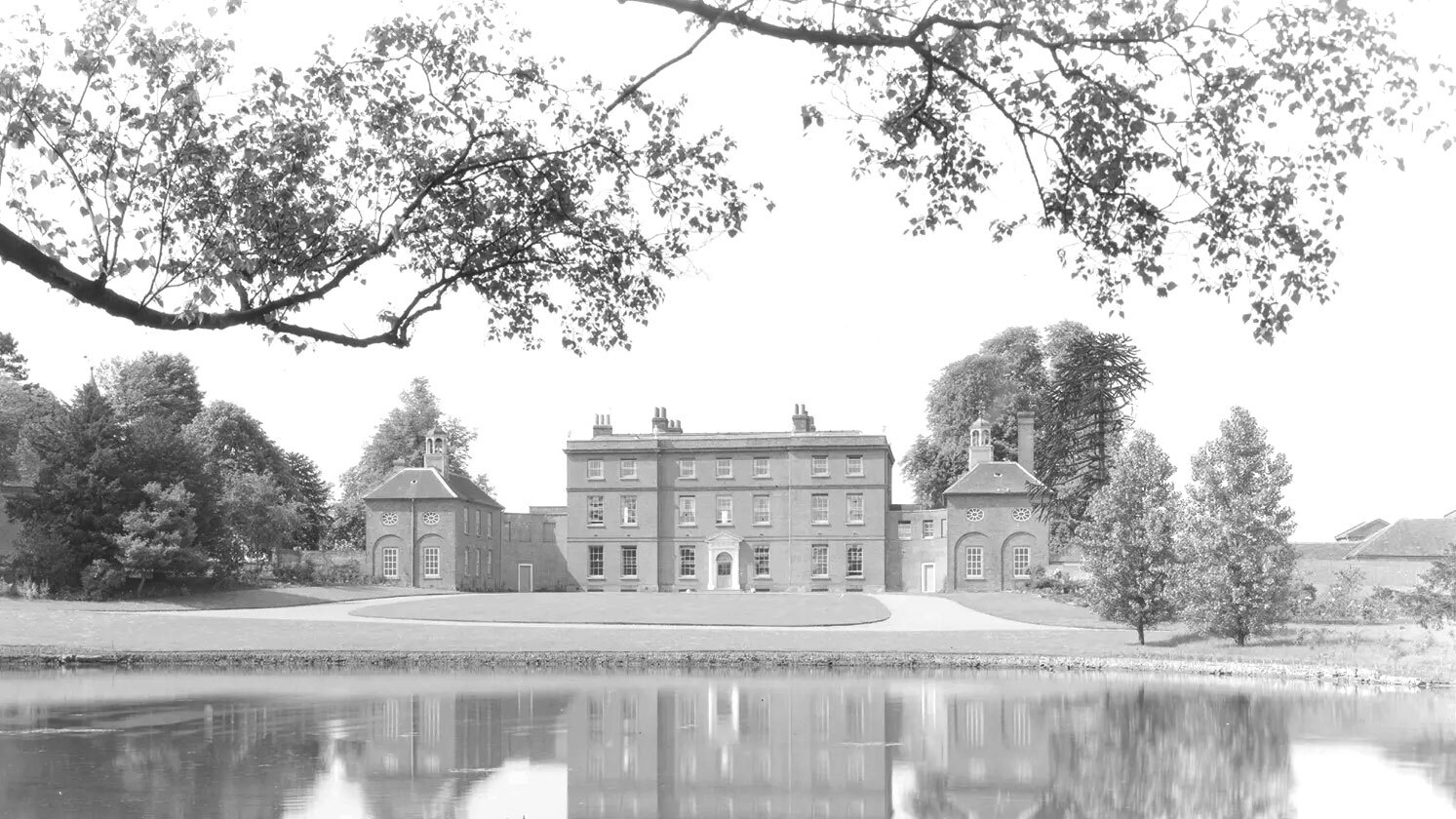 This Grade I Essex home was renovated by a Guinness and a notorious American diarist and photographed by Country Life — now it's a firm favourite with the fashion set
This Grade I Essex home was renovated by a Guinness and a notorious American diarist and photographed by Country Life — now it's a firm favourite with the fashion setKelvedon Hall was saved from demolition by Lady Honor Guinness and Henry 'Chips' Channon. Now it is the star of a Church's Christmas campaign.
-
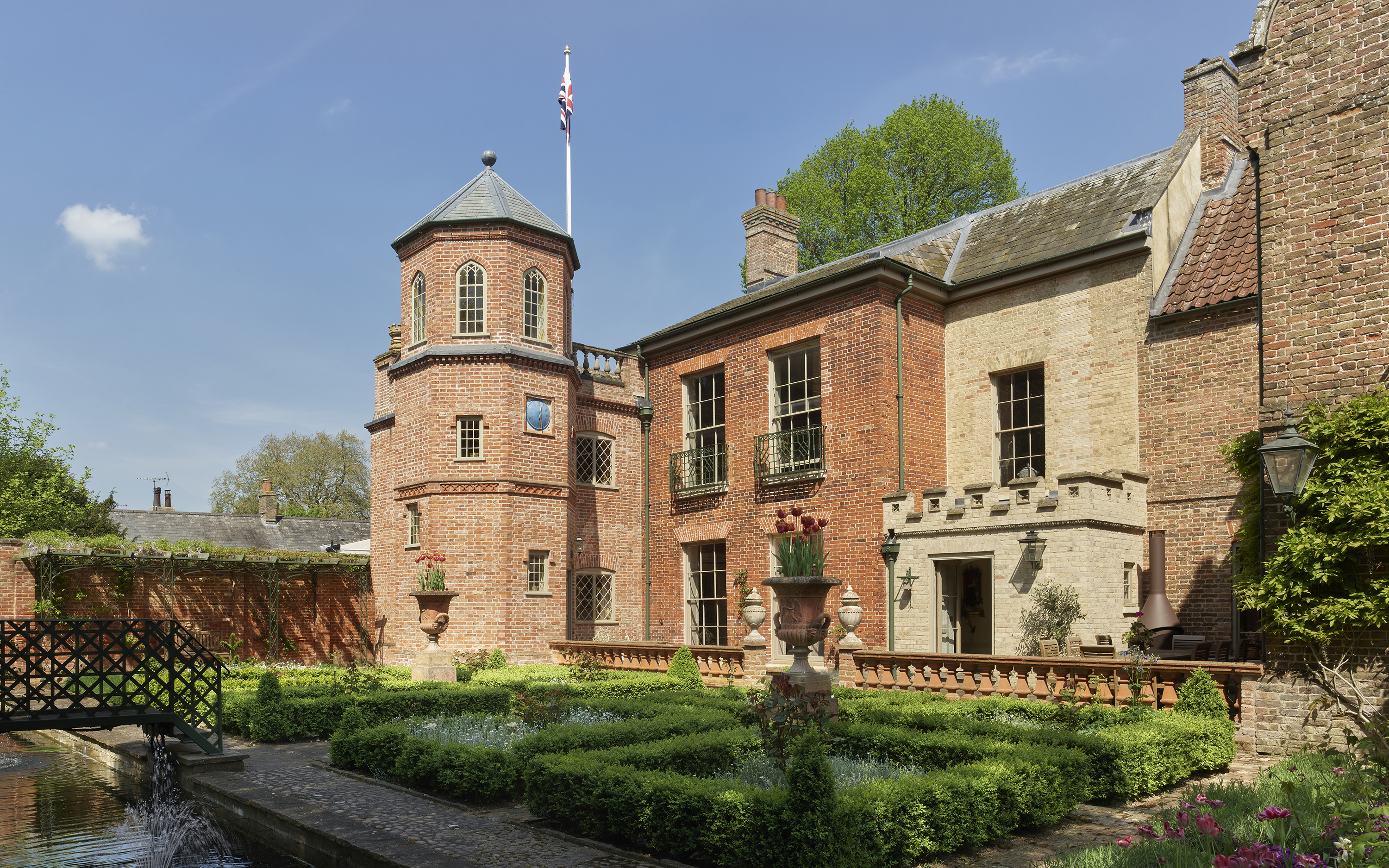 Northwold Manor: 'A place of delight once more after half a century of chaos and neglect'
Northwold Manor: 'A place of delight once more after half a century of chaos and neglect'A heroic restoration project has transformed Northwold Manor in Norfolk — home of Professor Warwick Rodwell and Ms Diane Gibbs — after more than 50 years of being left neglected. It has also illuminated its remarkable history, as John Goodall explains; photography by Paul Highnam for Country Life.
-
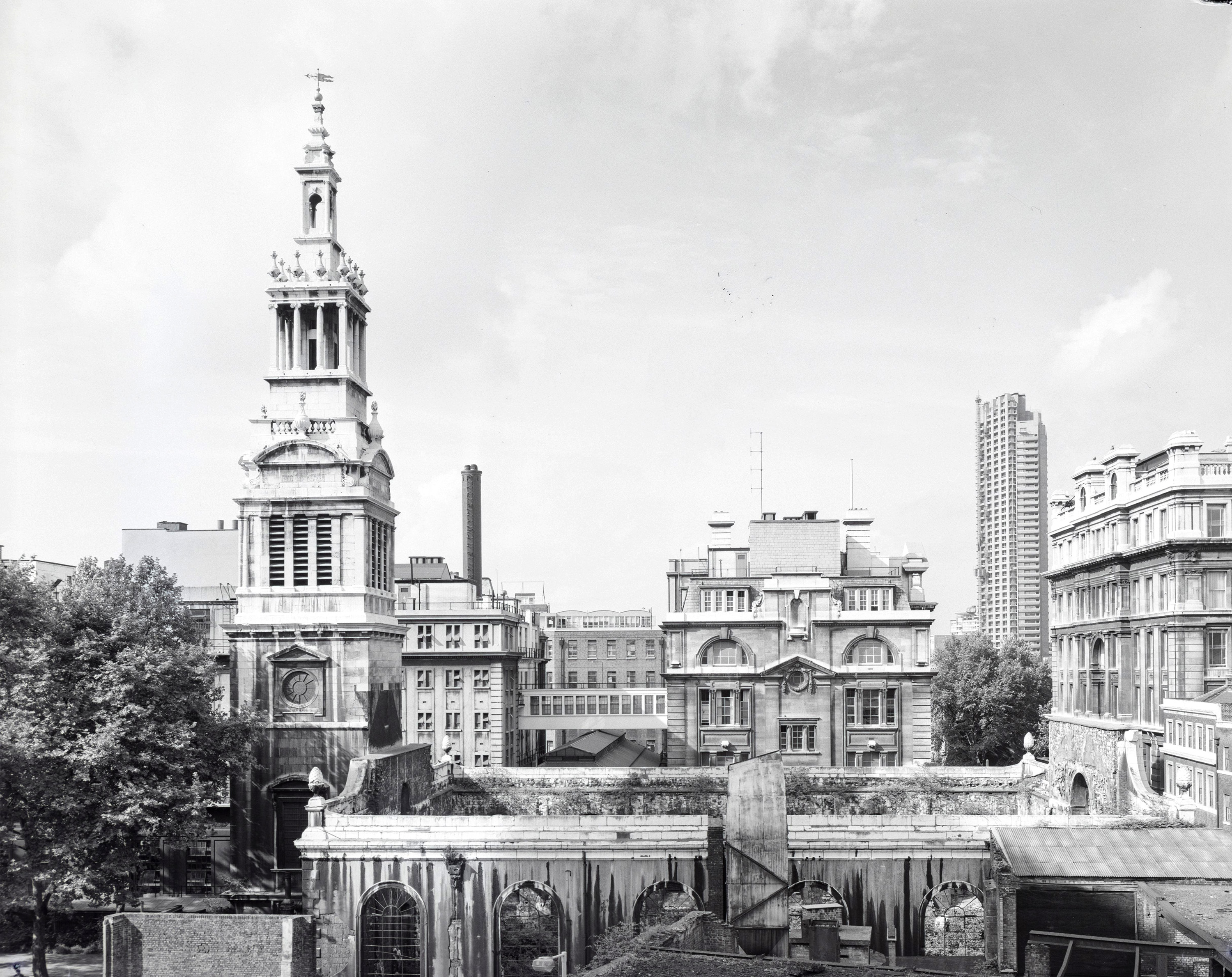 53 years ago, a Wren masterpiece was replaced with a glorified roundabout. We must not make the same mistake again
53 years ago, a Wren masterpiece was replaced with a glorified roundabout. We must not make the same mistake againThe plans to rid Christ Church Newgate Street of traffic should be cause for celebration — but a mistake as bad as the one made in the 1970s is about to happen, says Ptolemy Dean.
-
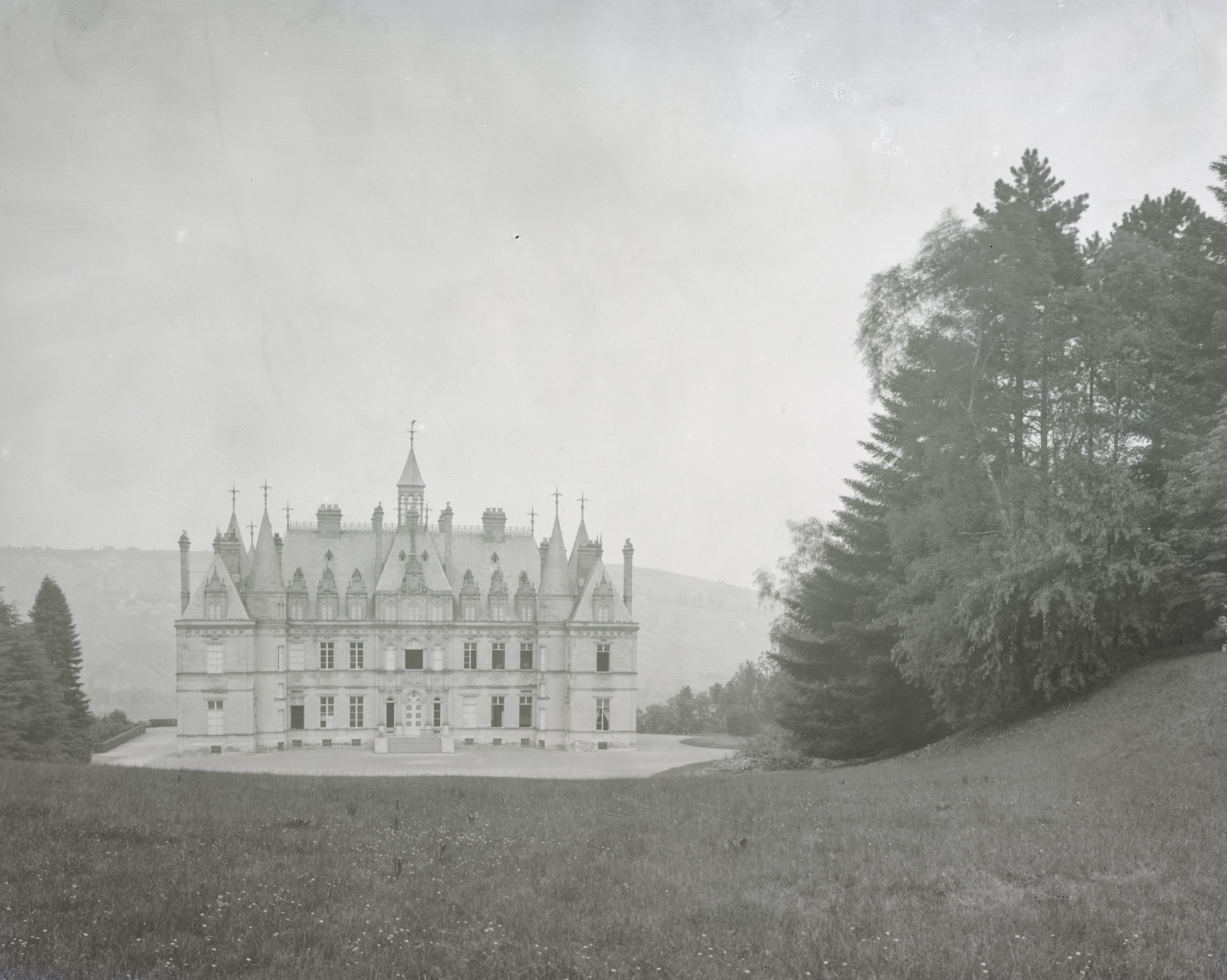 Ten of the most exquisite French châteaux, photographed for Country Life in 1906 and still standing today
Ten of the most exquisite French châteaux, photographed for Country Life in 1906 and still standing todayIn the early 20th century, Country Life commissioned Frederick H. Evans to photograph some of France's châteaux. Here are some of his efforts.
-
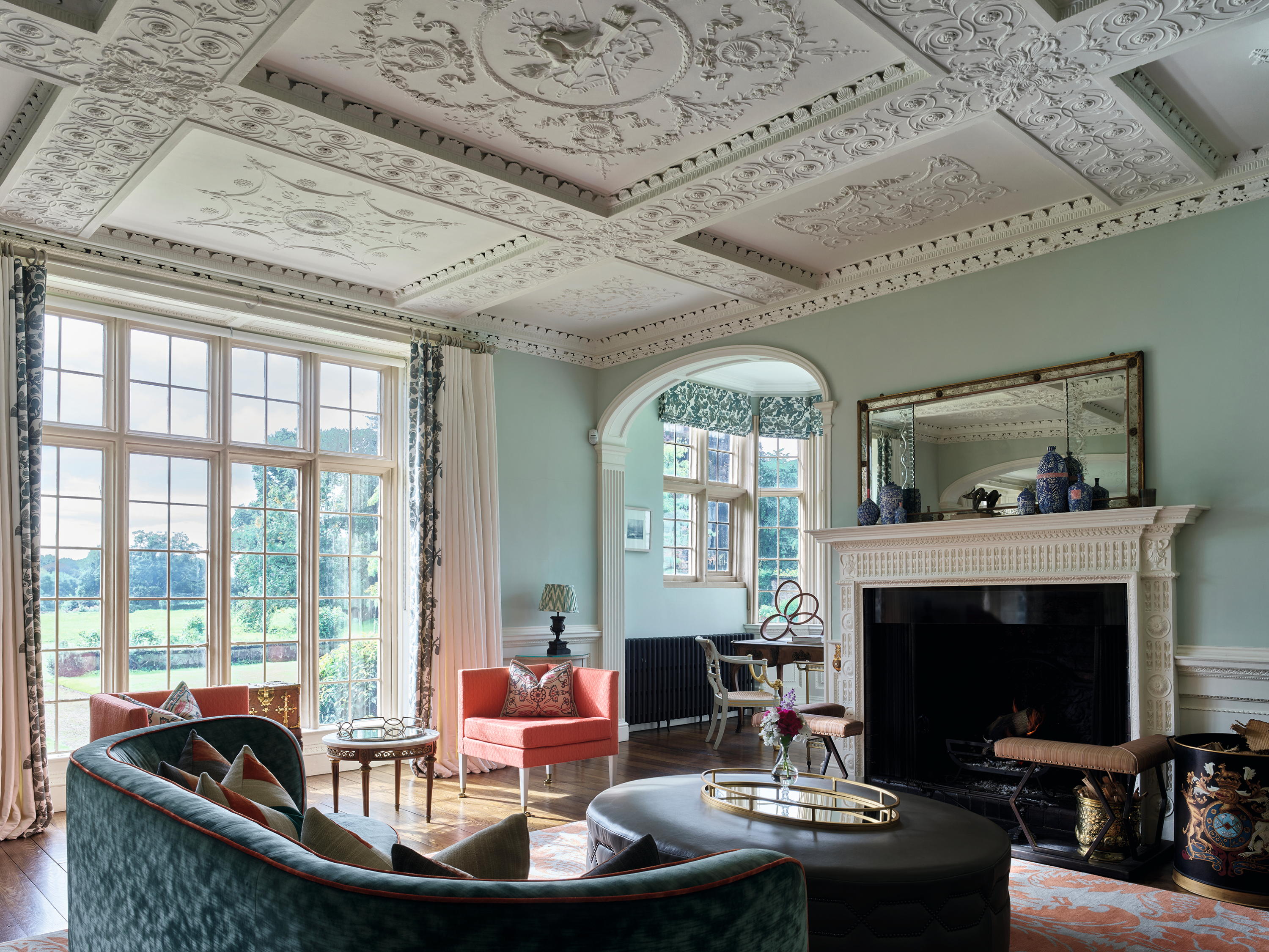 War, ruin and renaissance: Dorfold Hall's 400-year journey through the ages
War, ruin and renaissance: Dorfold Hall's 400-year journey through the agesJohn Goodall describes the antiquarian rediscovery of Dorfold Hall, Cheshire — home of Charles and Dr Candice Roundell — and the recent spectacular renewal of this important Jacobean house. Photographs by Paul Highnam for the Country Life Photo Library.
-
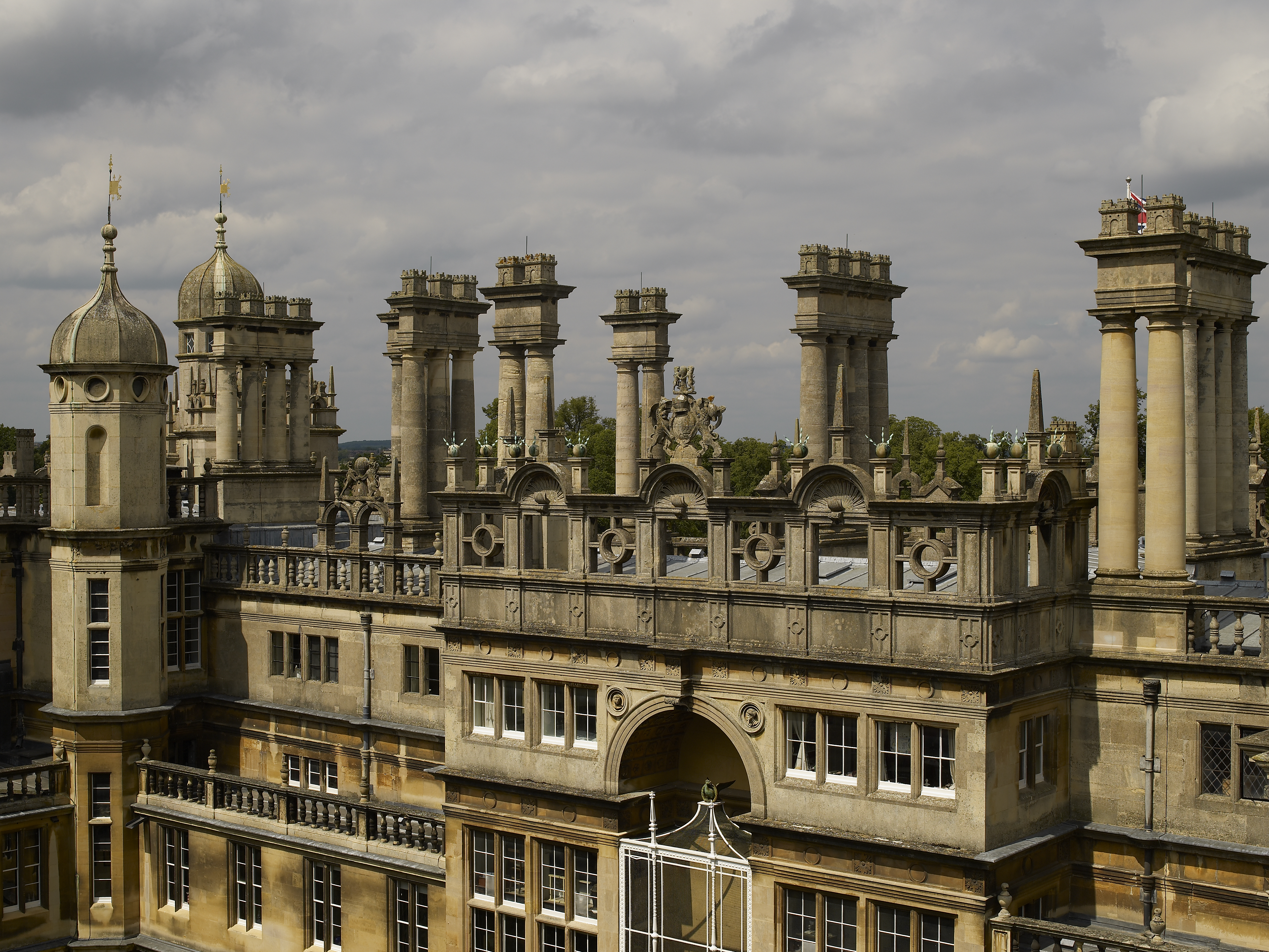 All fired up: 12 of our favourite chimneys, from grand architectural statements to modest brick stacks, as seen in Country Life
All fired up: 12 of our favourite chimneys, from grand architectural statements to modest brick stacks, as seen in Country LifeNothing says winter like a roaring fire, and plenty of the houses that we've photographed for the magazine's architectural places have fireplaces and chimneys worth boasting about.
-
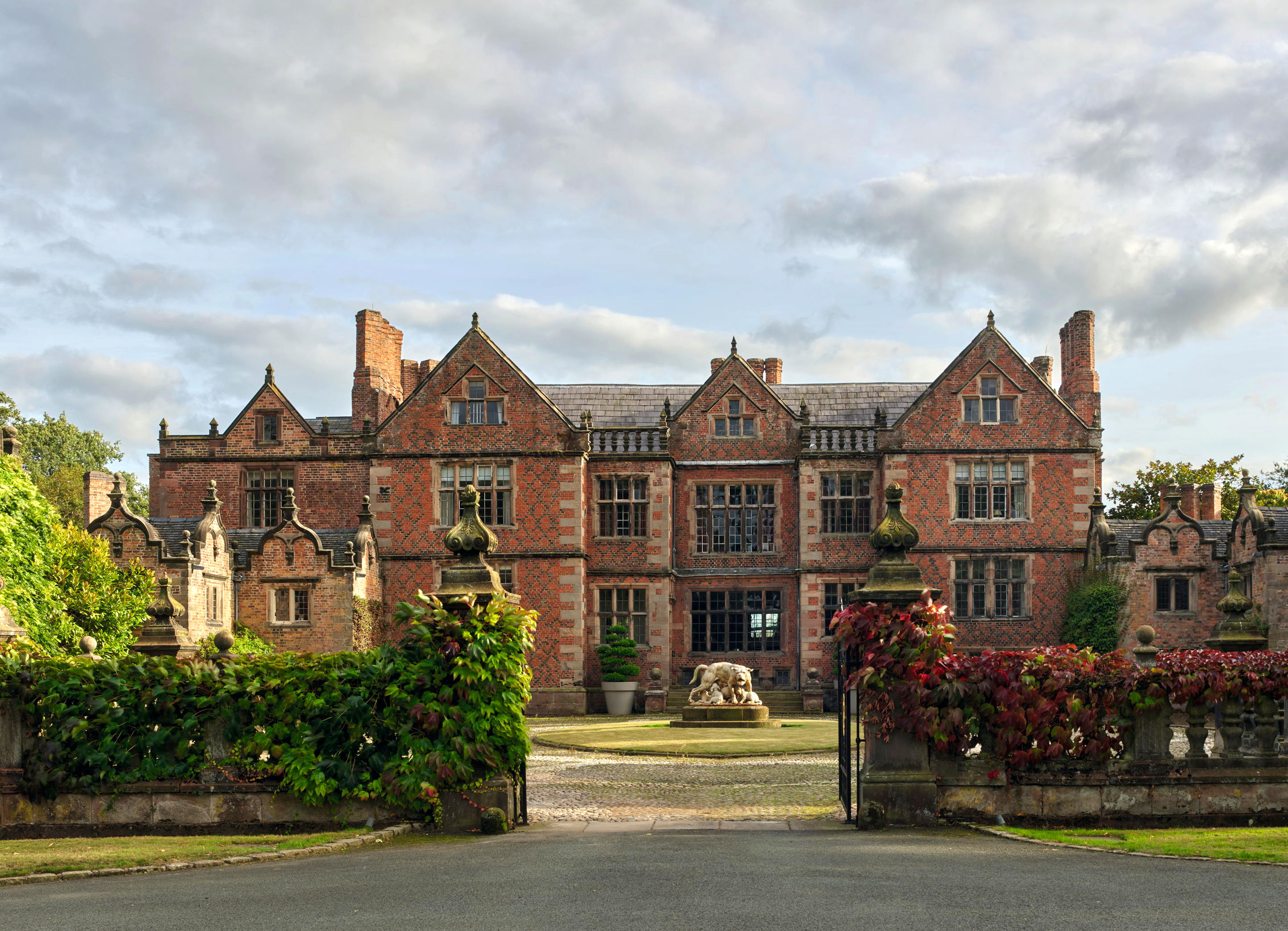 Dorfold Hall: The 'most neat and beautiful house of brick' that owes its existence to a desperate effort to secure succession
Dorfold Hall: The 'most neat and beautiful house of brick' that owes its existence to a desperate effort to secure successionDorfold Hall in Cheshire is an outstanding Jacobean house, but was an unexpected product of dynastic disappointment. John Goodall examines the remarkable circumstances of its construction; photographs by Paul Highnam for Country Life.
